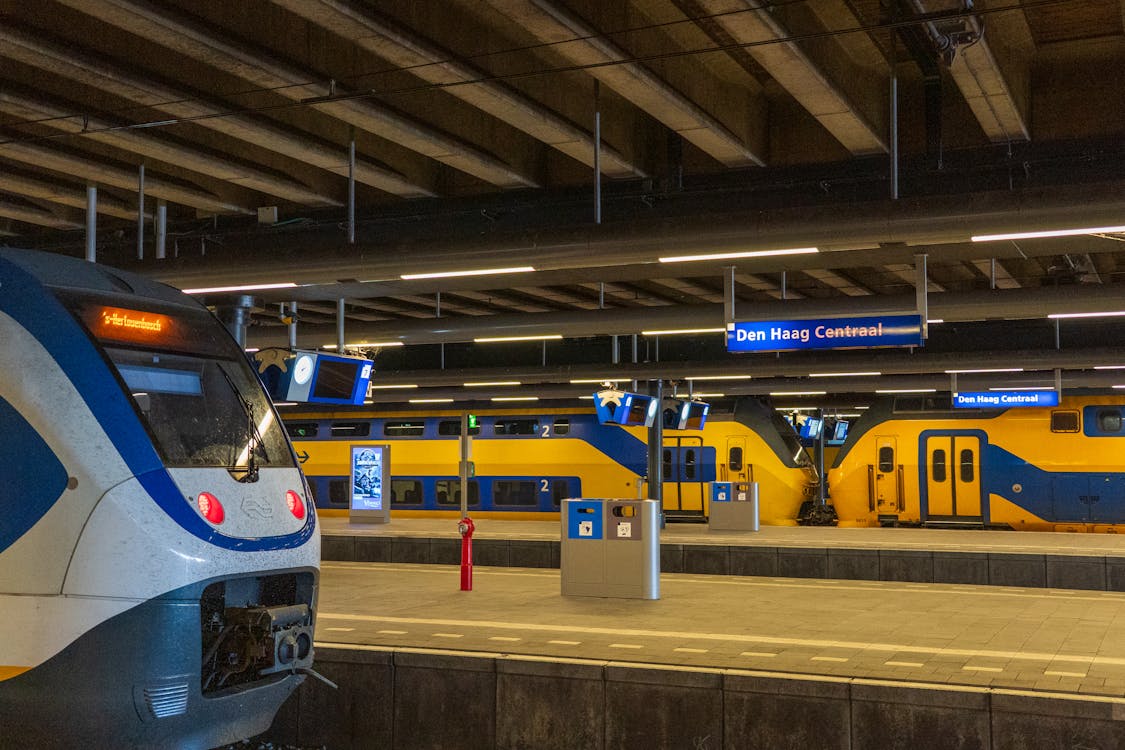
Urban transportation has constantly been an obstacle. Between expanding populations, minimal facilities, and the increasing demand for comfort, cities are continuously searching for means to improve exactly how individuals and cars relocate. Enter artificial intelligence. As soon as seen as a far-off principle reserved for science fiction, AI is currently at the core of several of the most interesting changes in modern-day city life. And it's not practically self-driving cars-- it's about smarter systems, much safer roads, and far better planning for everyone who shares the roadway.
From Reactive to Predictive: The New Urban Mindset
Cities made use of to run reactively. A traffic light malfunctions? Somebody repairs it. Does a bus course come to be jammed? Planners tweaked it months later. But with AI, this timeline has flipped. Sensors placed at intersections, transit hubs, and busy streets feed real-time information right into AI-powered systems that can not just react instantly but additionally forecast what's following.
Imagine a system that knows when and where blockage will certainly develop before it even takes place. That's no more a fantasy. By evaluating patterns in time, like pedestrian traffic, weather conditions, and event timetables, AI designs assist cities prevent traffic jams as opposed to just responding to them.
Smarter Traffic Signals and Intersection Management
Among the most recognizable renovations AI has brought to city transportation remains in the method traffic lights run. Conventional signal systems work on timers or straightforward sensing units. But AI can examine real-time footage, detect lorry volume, and adjust light cycles on the fly. This shift minimizes unnecessary idling, enhances gas effectiveness, and-- perhaps most notably-- shortens commute times.
Some cities have actually started to match AI-powered electronic cameras with traffic signal to detect not just lorries, but pedestrians and bicyclists also. This allows signals to change for vulnerable road individuals, enhancing security without reducing total traffic flow.
Public Transit Gets a High-Tech Upgrade
Buses and trains are essential lifelines in most cities. Yet delays, path inadequacies, and upkeep issues frequently discourage bikers. That's beginning to alter with the help of AI.
Transit agencies are now making use of predictive analytics to take care of fleets better. If a bus is running behind schedule, AI can recommend route modifications, alternative pick-up factors, or perhaps reassign lorries in real-time. Upkeep is likewise a lot more aggressive; AI determines very early warning signs before components stop working, which keeps cars when traveling and riders promptly.
When public transport is consistent and trustworthy, even more people utilize it. And when even more people make use of public transportation, cities end up being greener, less busy, and much easier to navigate.
Redefining Parking with Smart Systems
Locating a parking place in a city can be one of the most aggravating part of driving. It's taxing, stressful, and often inefficient. But AI is now changing the way cities manage car park administration.
Cams and sensors installed in parking area and garages track readily available rooms and send out updates to centralized systems. Chauffeurs can after that be led to open up spots through navigation apps or in-car systems, minimizing the moment they invest circling around the block. Consequently, this cuts emissions and makes city streets much less crowded.
Some AI systems are also efficient in vibrant rates, readjusting parking charges based on need in real time. This inhibits overuse in crowded zones and motivates turn over, giving everyone a fairer shot at locating a room.
In largely populated areas where area is limited, specialized remedies like boat storage in Philadelphia and committed Philadelphia car storage alternatives are ending up being better than ever. AI can aid manage these centers, guaranteeing optimum use and boosting safety via wise security systems that discover uneven activity.
The Rise of Autonomous Vehicles and Ridesharing Intelligence
While self-driving autos may not yet control the roadways, they're certainly affecting the instructions of urban transportation. AI is the foundation of autonomous automobile modern technology, dealing with whatever from navigating to obstacle detection and action time.
Yet also prior to full autonomy takes hold, AI is already transforming ridesharing services. Formulas aid set passengers much more effectively, minimize wait times, and advise strategic areas for chauffeurs to wait between fares. Gradually, these understandings will certainly help reduce traffic congestion and enhance automobile tenancy rates across cities.
There's also been a surge in AI-enhanced micro mobility options like mobility scooters and bike shares. These solutions are taken care of by AI systems that track use patterns, anticipate high-demand areas, and even spot published here maintenance needs instantly.
Preparation the Future: AI and Urban Design
City coordinators now have a powerful brand-new ally in expert system. With access to huge datasets-- everything from traveler behaviors to air high quality levels-- AI devices can design the impact of framework adjustments before they're also made. This indicates much better choices regarding where to place bike lanes, just how to enhance bus routes, or whether to construct new bridges and passages.
Urban designers can also utilize AI to model the impact of new zoning regulations or domestic development on transportation systems. This brings about smarter advancement that sustains movement as opposed to overwhelming it.
In position with thick advancement and minimal real estate, clever solutions like vehicle storage in Philadelphia are showing to be crucial components in long-lasting preparation. AI can enhance space appropriation, track usage fads, and help create storage designs that take full advantage of capacity while lessening footprint.
Much Safer Streets Through Real-Time Intelligence
AI is not nearly speed and performance-- it's also regarding safety and security. From identifying speeding automobiles in real time to forecasting accident-prone zones, AI is assisting make roads more secure for everyone.
Smart monitoring systems powered by artificial intelligence can spot hazardous actions, such as illegal turns, running red lights, or jaywalking. These systems don't just function as deterrents; they create information that cities can make use of to inform future safety efforts.
AI is likewise assisting initial -responders get to emergency situations much faster. Real-time website traffic evaluation can guide rescues along the quickest course, also throughout heavy traffic. And when secs matter, those time cost savings can be life-altering.
A More Connected and Adaptable Transportation Future
The genuine power of AI in metropolitan transportation depends on its capability to adapt. As cities develop, AI develops with them. Whether it's responding to a sudden rise in website traffic after a sporting activities occasion, anticipating flooding on major roads, or taking care of a spike in seasonal traveling, AI is there, continuously learning and adjusting.
By weaving AI right into the material of transportation systems, cities are coming to be extra intelligent, much more receptive, and a lot more easy to use. These changes might not constantly be visible to the day-to-day commuter, but the advantages-- shorter journeys, safer roads, and a lot more reputable transit-- are really felt every single day.
For those browsing urban life today and looking towards the future, it's clear that artificial intelligence is no more just helping with transportation-- it's redefining exactly how our cities relocate.
Make certain to follow the blog for even more insights into just how innovation is forming urban life, and inspect back frequently to remain ahead of the curve.
 Kirk Cameron Then & Now!
Kirk Cameron Then & Now! Amanda Bearse Then & Now!
Amanda Bearse Then & Now! Julia Stiles Then & Now!
Julia Stiles Then & Now! Elin Nordegren Then & Now!
Elin Nordegren Then & Now! Mike Smith Then & Now!
Mike Smith Then & Now!